
Seeking the beauty of figures and equations
Olena Hurkina is a high school student from Kharkiv, Ukraine. Despite being just 16, she has already done several studies in the field of maths. Olena became a real STEM star at her school – she teaches her classmates how to conduct research, write papers and present their findings at high-level student competitions and conferences. So she is definitely the one who can make young girls fall in love with maths.
Olena’s ‘STEM Story’ is one of a series of interviews with promising female professionals in science and technology, who want to share their experiences and motivate young girls to choose a STEM career.
1. Could you please tell us more about your major – what do you study? What is your biggest success that you have achieved so far?
Now I am studying at Kharkiv Lyceum 89 in mathematics class. Looking forward to a higher educational institution – this is a difficult question in such times. I am considering the options of Ukrainian and European universities with majors in mathematics, economics, business, and management.
For four years, I have been taking part in the contest-presentation of scientific research projects of the Junior Academy of Sciences of Ukraine. When I moved to middle school, I was amazed by the stories of high school students about their scientific research. They were real role models for me. I wrote my first work in the eighth grade, at the age of thirteen, which is quite rare. One of the brightest moments for me is the changes that took place after my experience at the all-Ukrainian level. It was an honour for me to represent the Kharkiv region. I gained invaluable experience and new knowledge that I could share with others in the future. I watched how the best of the best participants from all over the country presented their scientific works. I improved my skill to correctly formulate questions and answer them. After that, in addition to my work, I actively trained most of the people from my school who also participated in the competition. I helped them to design presentations and posters and developed their public speaking skills. My largest event in this topic is my masterclass, which I was asked to conduct by the teacher of the Lyceum. I talked about my experience and all the nuances of this activity. I helped others and thereby improved myself.
The first thing you start working on is the scientific work itself and its correct design. This is the first difficulty: carefully study the rules of writing. With experience, it becomes easier. Then you need to write a motivational letter. This has many nuances that I learned from special lectures and courses. If you write a motivation letter, then first find out the requirements and structure, what formats exist, and choose one of them. When all the papers are sent, you have to create a presentation and poster, as well as reports. I concluded that the main thing is conciseness, visualisation, and structure on the screen. And also clear speech and pronunciation. It is important to rehearse your performance out loud. The ideal option is when you have an experienced acquaintance who can help you. Therefore, I try to help beginners in this matter to facilitate their tasks.
For four years, I won prizes at the regional level. It is nice to receive such a result, but even without that, I am infinitely happy about the process of writing a paper, meeting new people, and the opportunity to contribute to the development of science.
2. How and when did you become interested in a career in STEM? Why did you eventually choose to study mathematics?
When I was 11 years old, I went to study at the lyceum. At the same time, a new mathematics teacher appeared there, who, in addition to lessons according to the programme, conducted a special mathematics group. In these classes, we developed critical thinking and went beyond the school programme. We solved high-level Olympiad tasks, and trained in the skill of long-term uninterrupted brain activity. This is how she taught me from the sixth grade. First, problems on logic, then preparation for Olympiads and tournaments, and with the rest, we began to write scientific papers. I was influenced by many factors: a mathematical mind inherited from my father through genetics, a teacher who became a real support for me and, of course, a natural interest in mathematics and a desire to deepen my knowledge. Mathematics for me is self-improvement. I like to feel my brain tighten up when I am faced with some difficulty in solving a problem. I practise all the time: how to get an answer faster, which is more original, and more accurate. When I do the exact sciences, I get a feeling similar to the spirit of competition. Some excitement, because mathematics is a game that you play to develop your logical thinking.
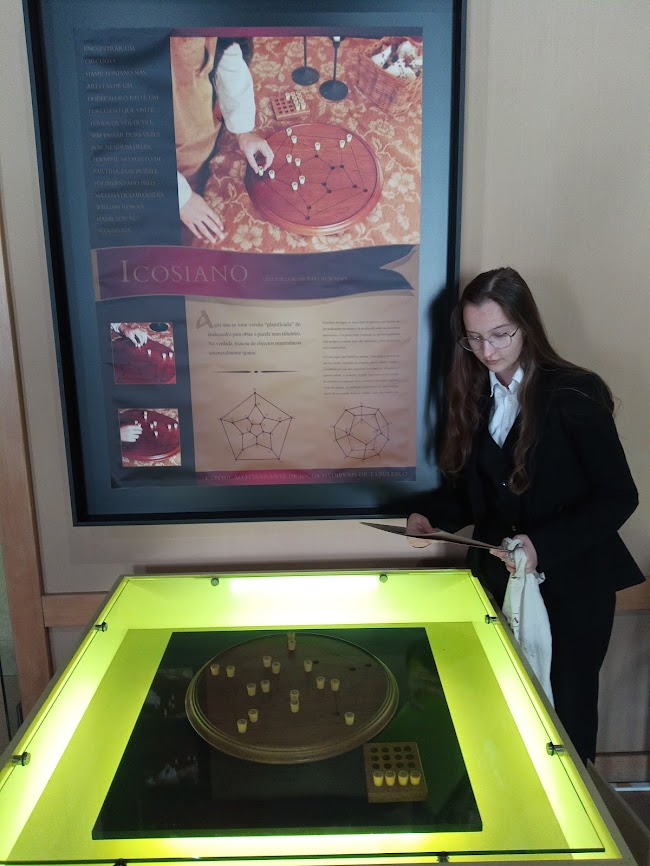
3. Have you ever experienced gender inequality or gender-based stereotypes during your studies?
Unfortunately, yes. Although my classmates and teachers are tolerant and understanding, many people outside school have very prejudiced views. “You have a bad result, but it’s not surprising, you’re a girl, it’s not given to you” or “You have a good result, but it’s not surprising, you’re a girl, they helped you.” Sometimes one gets the impression that no matter what a girl does, she will face criticism. I am convinced that this must be fought. From the simplest things, such as not trusting stereotypes, to introducing more information into the education system to raise awareness. I started with myself and my social circle. A year ago I took part in the school project “Mediators”. I met middle school students, shared my experience, and gave advice on various topics. There, I took the opportunity to remind children that discrimination and stereotypes can and should be tackled. Including young girls who are interested in STEM: we can refute stereotypes by our example.
4. Why is promoting STEM disciplines, particularly among girls, an important priority for the EU and Ukraine?
One of my teachers said: “Yes, the humanities rule the world, but it is impossible to apply them correctly without the technical sciences.” STEM is an integral and very important part of our education. Although we actively promote the idea of equality, the influence of society is still so great that many girls cannot assess their abilities and prospects. In fact, girls succeed in many disciplines: both in the humanities and in technical ones. No skill or ability should be limited by discrimination. We must help each other, thereby developing the world around us. Therefore, I consider it appropriate and important to spread information about girls in STEM and to popularise these disciplines. Because popularisation will prevent the spread of stereotypes. STEM develops students’ flexibility and adaptability of the mind, and teaches them to analyse and process information: evaluate it, and identify patterns. In the era of the Internet and the development of technology, the ability to sort information is one of the most important skills. People with developed critical thinking are valued in all areas.
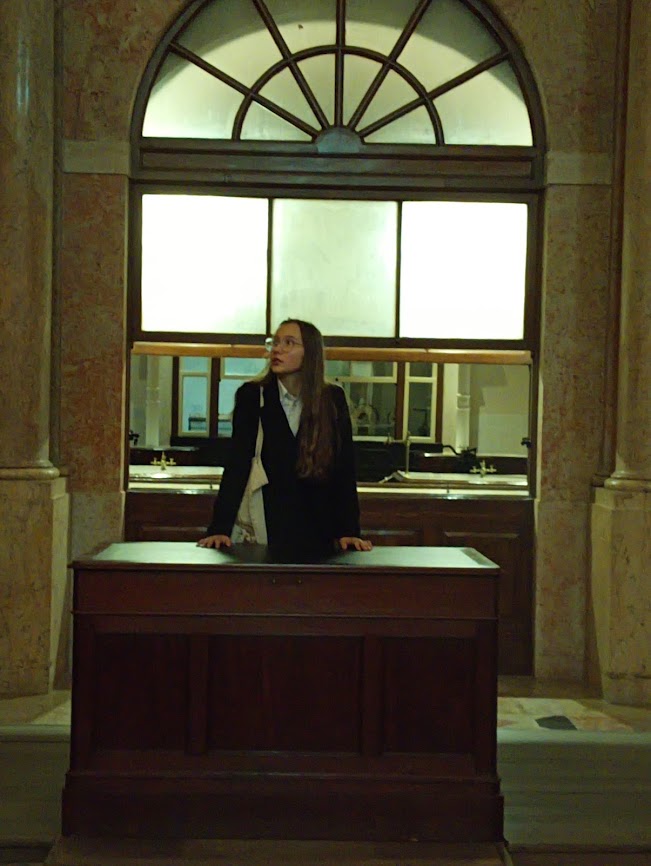
5. Are there any female scientists who inspire you? Why are they so special?
It’s really hard to single out just one. But as a theoretical mathematician, I want to say something about Maryna Vyazovska.
The Fields Medal is an award given every four years to young scientists for outstanding contributions to science, the most prestigious honour in mathematics. Sounds grand, right? So I was amazed when I read the news in July: “This year, Maryna Vyazovska became the second woman in history to win the Fields Medal, which is often called the Nobel Prize in mathematics. She managed to solve the 400-year-old problem.” She packed the spheres in eight-dimensional space so that they took up the least amount of space, and a similar problem, but in twenty-four dimensions. This did not leave me indifferent. She inspired me to dedicate my scientific work to vectors in R1, R2, R3, and R4 (one-dimensional, two-dimensional, three-dimensional, and four-dimensional spaces). The relevance of my work is that in important situations, a link between three sections of mathematics: algebra, geometry and mathematical analysis is revealed. The work explores the connections between different products of flat vectors and some products of spatial vectors.
I also admire women in education. Such as Kateryna Terletska. She is a laureate of the Ukrainian L’ORÉAL-UNESCO prize “For women in science”, and a doctor of physical and mathematical sciences. She is also the head of the laboratory of mathematical sciences of the Junior Academy of Sciences of Ukraine. She researches internal waves and works regularly at institutes in South Korea and China. Also, Kateryna heads the section for her profile at the largest European geophysical conference in Vienna and participates in the European project of role models for women in science. The diversity of her work amazes me every time. She tells not only about the benefits of mathematics and its practical application but also about Ukrainian and foreign education systems. She also talks openly about sexism and stereotypes, and the importance of fighting them. I recommend to all the girls in STEM to listen to the “ЇЇ” podcast with her participation and many other video stories and interviews.
Also Kateryna Antoshyna. At the Junior Academy of Sciences of Ukraine, she teaches many maths courses that are fun and challenging. I met her for the first time at the All-Ukrainian summer online mathematics school. It was my first experience, but thanks to Kateryna’s lectures, I was able to get interested and muster the strength to master all the material. Over time, I came across the announcement of her course. It was her course “Algebra of Logic” in March 2022 that helped me to focus on my studies in the middle of the war. I continue to attend and watch recordings of her courses, because it “hooks” me better than any series.
6. What advice would you give to girls who are only considering entering STEM disciplines?
Engage in extracurricular education! The Junior Academy of Sciences of Ukraine offers an incredible number of opportunities: various courses, projects, and programmes. There are also a lot of good organisations aimed at the education of schoolchildren (Prometheus, the ProOsvita charitable foundation, and so on). Thanks to this, you will get to know your skills and interests better, and most importantly, you will meet people who will be able to give you a lot of new knowledge. Thanks to this, the definition of admission to a higher education institution will be easier and more specific.
Mathematics is a system of conventions. This is a game with its own rules. When you solve problems, you play this game, and when you expand science – write new rules that do not contradict the previous ones. For example, the algebra of logic for me is one of the games with the most interesting rules. Learn, play, try. And one day you will stumble upon something that will light up your eyes.
Try yourself in different branches of STEM. Understand what makes you unique and capable. For example, the branch of mathematics in which I work has a lot of directions. If you find something that you can do and are truly interested in and love, you will be irreplaceable.
Also, look for like-minded people. Expand your circle of acquaintances and meet girls who are also fighting discrimination, and have common interests with you. Together it’s always easier.
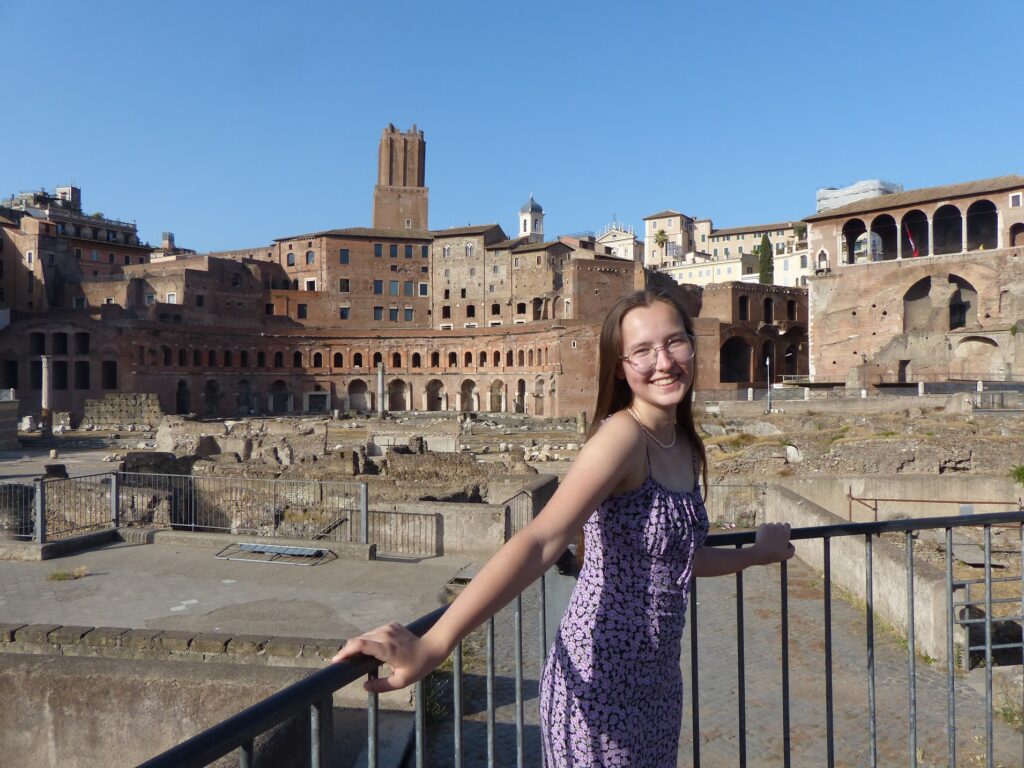
LATEST

How you can help the planet every day
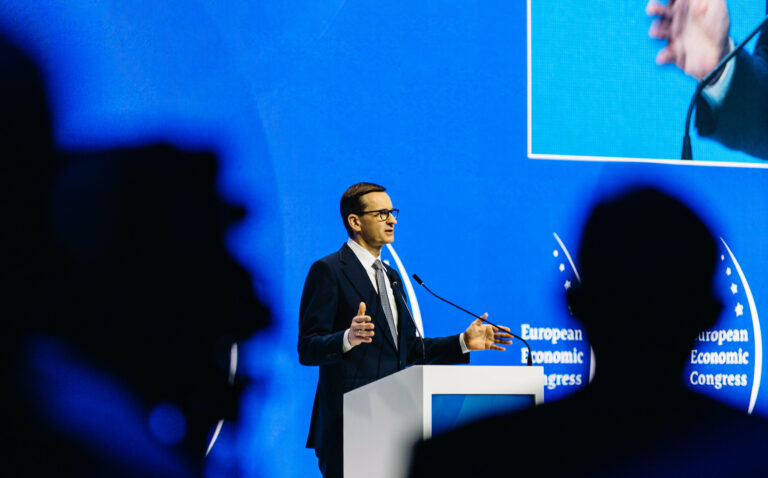
Building Europe: Poland’s experience of joining the European Union and lessons for Ukraine
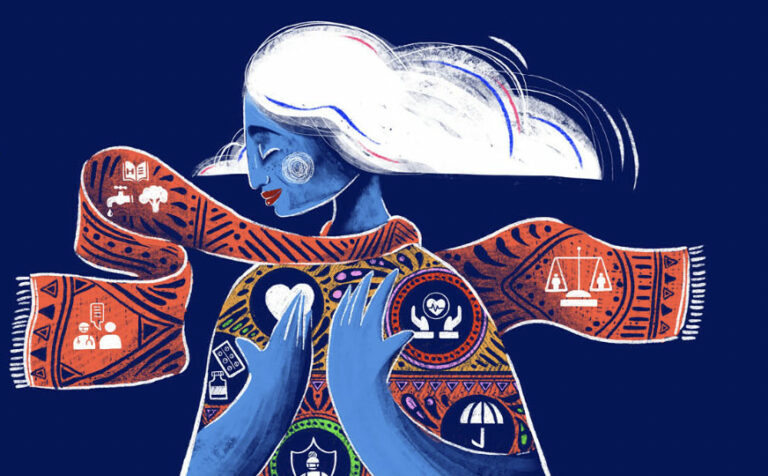
World Health Day 2024: My Health, My Right

EUREKA MEETS EUROPE – opportunities to develop and study. My experience

Can you wear pink in the workplace?
More campaign pages:
Interested in the latest news and opportunities?
This website is managed by the EU-funded Regional Communication Programme for the Eastern Neighbourhood ('EU NEIGHBOURS east’), which complements and supports the communication of the Delegations of the European Union in the Eastern partner countries, and works under the guidance of the European Commission’s Directorate-General for Neighbourhood Policy and Enlargement Negotiations, and the European External Action Service. EU NEIGHBOURS east is implemented by a GOPA PACE-led consortium. It is part of the larger Neighbourhood Communication Programme (2020-2024) for the EU's Eastern and Southern Neighbourhood, which also includes 'EU NEIGHBOURS south’ project that runs the EU Neighbours portal.

The information on this site is subject to a Disclaimer and Protection of personal data. © European Union,